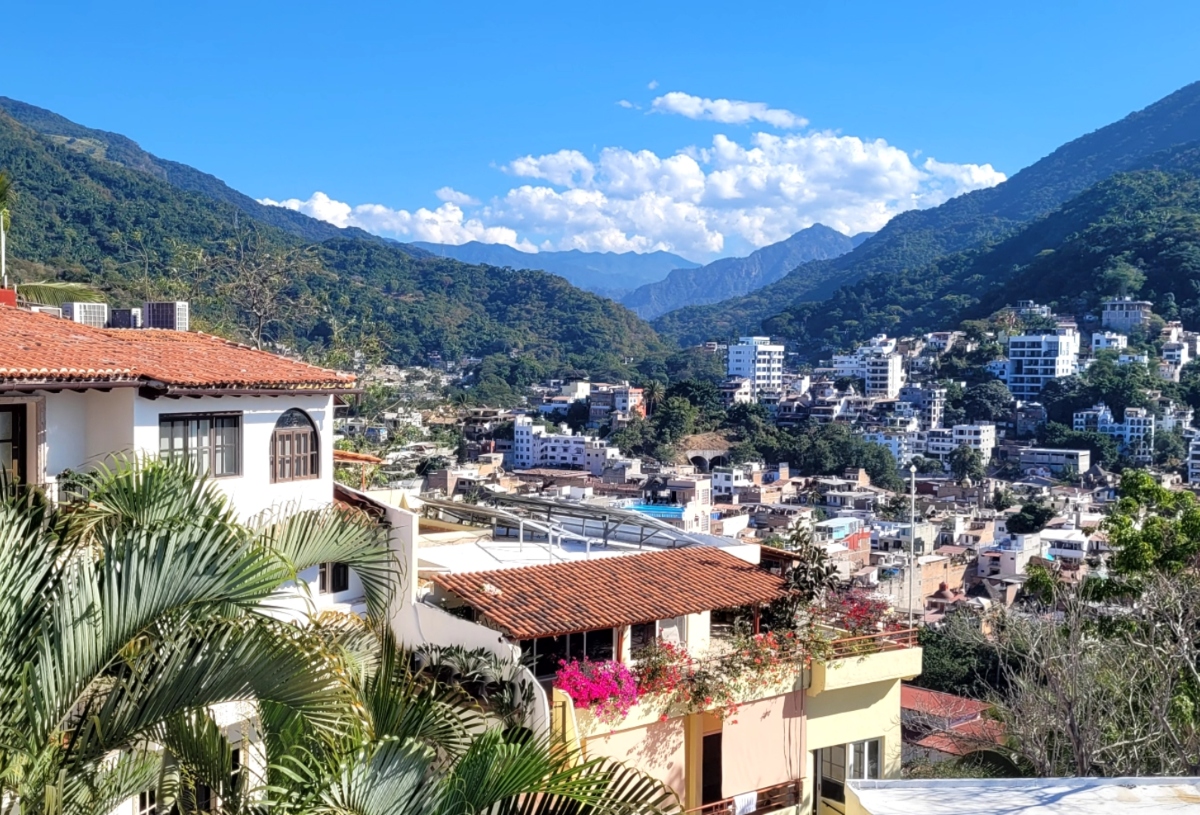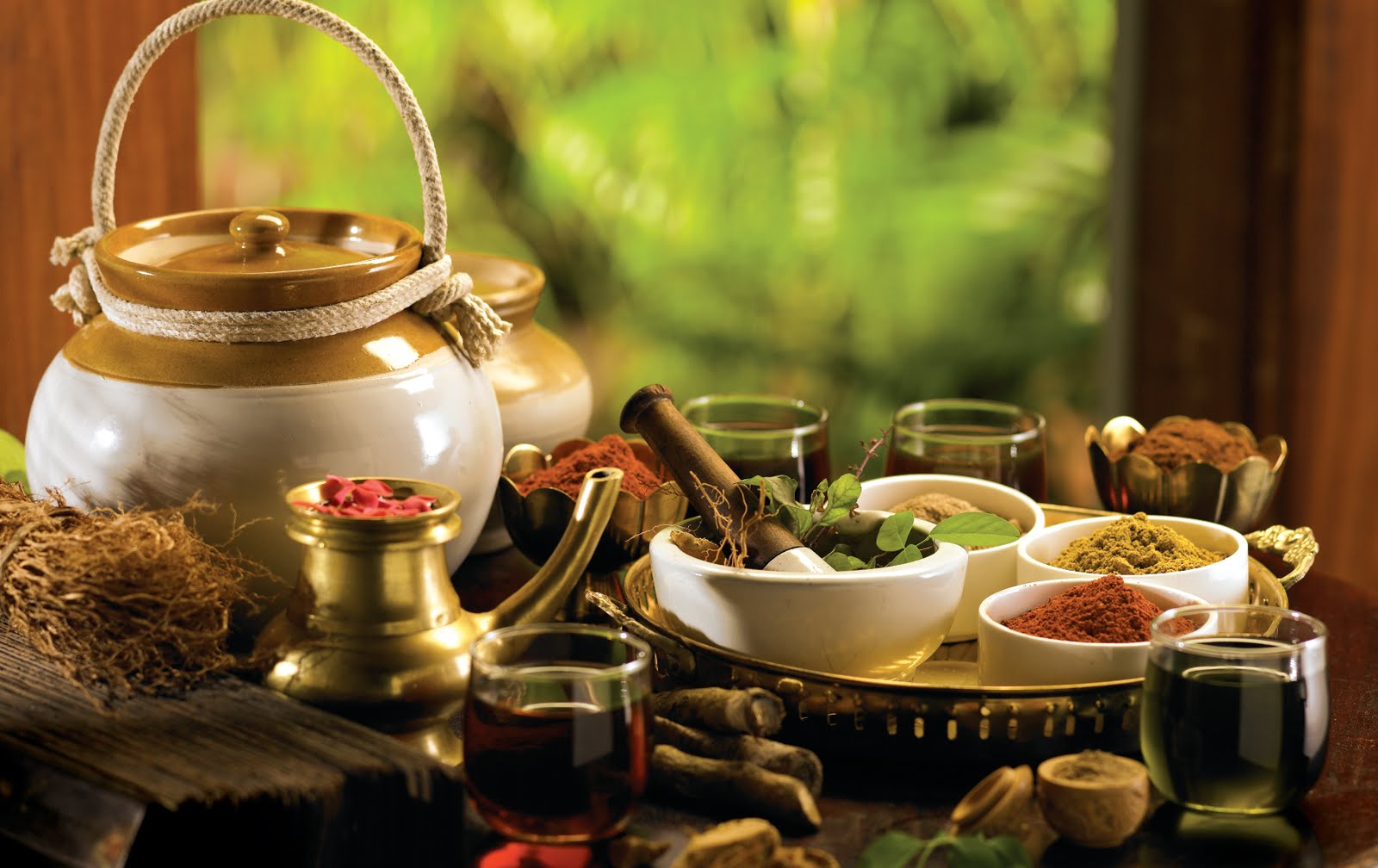
Mezcal, the drink of gods
May 05, 2022
Did you know that mezcal has become one of Mexico’s most widely recognized exports? This is thanks to its handmade nature and diverse presentation options.
Mezcal is made practically everywhere there are agave plants in Mexico. Northern mezcals, as well as those from Oaxaca, are very popular. In fact, Santiago Matatlán in Oaxaca is known as the world’s mezcal capital. Currently, the production of mezcal features a denomination of origin in the mezcal areas of Oaxaca, Durango, Guanajuato, Guerrero, Michoacán, San Luis Potosi, Puebla, Tamaulipas, Zacatecas, Aguascalientes, Morelos, and Estado de México.
Where does the name come from?
The word mezcal comes from the Nahuatl word mexcalli, composed of metl (maguey) and ixcalli (cooked). Thus, the name is mezcal, it comes from the distillation of the heart of the maguey.
You may also like: Are you drinking the original margarita?
The Myth
Mezcal, although later than pulque, also has its own myth. A lightning bolt struck an agave and made the first tatema. That is why it is considered the drink that came from heaven. To make mezcal, the stalks and roots are roasted either in wood or gas ovens, or as a barbecue, buried in the ground. You can buy the roasted maguey stalks in the markets are sold. The Apache Mescalero Indians got their name because these unfermented baked stalks were an essential part of their diet.

Types of mezcal
- The cheap one or chaparrose is fermented in hides, with timbre wood bark and pulque.
- The mezcal de puntas is the one from the first distillation and the mezcal de colas is from the resacada, to whose broth honey is sometimes added.
- The mezcal minero, from the north, was the one given to the workers by the owners of the mines to support the hard work, as part of the pay.
- De pechuga (breasted), of course, these pieces of chicken or turkey are added.
- The gusanose is packed with a maguey worm. It is usually taken, in addition, with worm salt, which is not lacking in the cantinas where it is served, nor in the little pots in which it is sold.
Ages of mezcal
- Young or white mezcal. It is the one bottled after its distillation It is not subject to any type of rest, maturation or aging.
- Mezcal reposado. It is has between 2 and 12 months in wooden containers, in a space with stable conditions of temperature and humidity.
- Mezcal añejo (aged). It has more than 12 months in wooden containers, in a space with stable conditions of temperature and humidity.
- Mezcal matured in glass. It is aged in glass containers for more than 12 months, underground or in a space with stable conditions of darkness, temperature and humidity. Containers must be larger than 5 liters and smaller than 20 liters, for certification.
------ADVERTISEMENT------
------ADVERTISEMENT------
------ADVERTISEMENT------
------ADVERTISEMENT------


